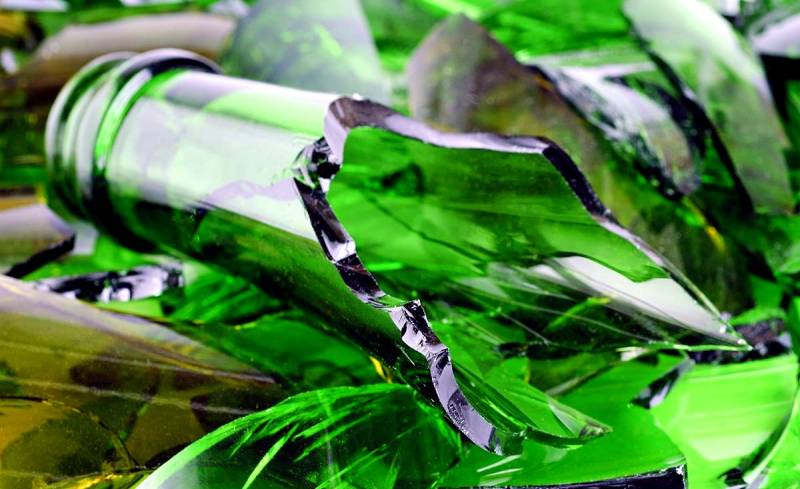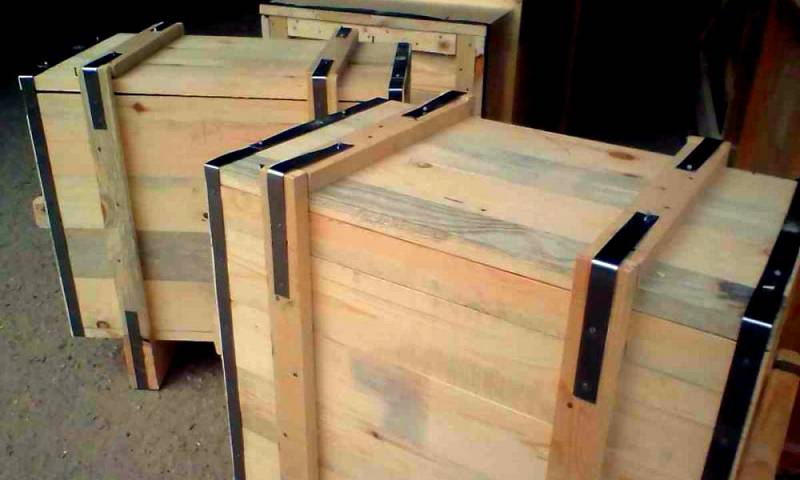Why did the Japanese massively buy Soviet broken glass?
There is an old Soviet bike that Japan bought large batches of broken glass in the USSR, which it then threw into the sea. Despite the apparent absurdity of this statement, it may well be true.
If you dig a little deeper, the actions of the Japanese are not so meaningless. The fact is that they were not interested in glass, but in the container in which it was supplied. Broken glass, which the Soviet Union sold to Japan on the cheap, was packed in solid wooden crates made not from waste, but from selected Siberian cedar.
The Japanese, having received the cargo, poured it into the sea. Glass does not decompose and does not pollute the environment, therefore it is safe. Sea waves turned its sharp fragments into round pebbles that do no harm. And the drawers in Japan were carefully dismantled into boards, which were used in furniture production.
It is likely that this story is just a beautiful legend, but it says a lot that this could very well have happened in reality.
On the one hand, Soviet industry generously used expensive natural materials in the manufacture of low-cost products. And a wooden box for packaging was used everywhere and everywhere.
Japan, on the other hand, is a relatively small, densely populated country with highly developed industry, almost devoid of natural wealth. Dense, dense forests, for example, are not there. Therefore, life forced the Japanese to treat resources extremely carefully.
For example, it is reliably known that Japan purchased round timber in the USSR. So, the Japanese managed to use the purchased wood more than 100 percent, which was unthinkable for the Soviet manufacturer. The fact is that tree trunks are covered with bark related to waste. The Japanese used completely not only the wood itself, but also the bark, which in the USSR was considered absolutely useless.
There is another similar bike, which says about the sale of faceted glasses in Japan. The Japanese began to buy them in bulk, but suddenly abruptly stopped doing it. As it turned out, this happened due to the fact that the supplier from the USSR changed the packaging. Instead of wooden boxes, glasses began to come in cardboard, which did not suit the Japanese. Of course, the story is too strange to be true.
It is even possible that everything told is a fairy tale, a figment of folk fantasy. But, as they used to say in old times, "a fairy tale is a lie, but a hint in it."
And the conclusion can be made simple: no matter how huge the country's natural wealth is, they must be treated with care and spent sparingly, so that not only we, but also our descendants will have enough.
If you dig a little deeper, the actions of the Japanese are not so meaningless. The fact is that they were not interested in glass, but in the container in which it was supplied. Broken glass, which the Soviet Union sold to Japan on the cheap, was packed in solid wooden crates made not from waste, but from selected Siberian cedar.
The Japanese, having received the cargo, poured it into the sea. Glass does not decompose and does not pollute the environment, therefore it is safe. Sea waves turned its sharp fragments into round pebbles that do no harm. And the drawers in Japan were carefully dismantled into boards, which were used in furniture production.
It is likely that this story is just a beautiful legend, but it says a lot that this could very well have happened in reality.
On the one hand, Soviet industry generously used expensive natural materials in the manufacture of low-cost products. And a wooden box for packaging was used everywhere and everywhere.
Japan, on the other hand, is a relatively small, densely populated country with highly developed industry, almost devoid of natural wealth. Dense, dense forests, for example, are not there. Therefore, life forced the Japanese to treat resources extremely carefully.
For example, it is reliably known that Japan purchased round timber in the USSR. So, the Japanese managed to use the purchased wood more than 100 percent, which was unthinkable for the Soviet manufacturer. The fact is that tree trunks are covered with bark related to waste. The Japanese used completely not only the wood itself, but also the bark, which in the USSR was considered absolutely useless.
There is another similar bike, which says about the sale of faceted glasses in Japan. The Japanese began to buy them in bulk, but suddenly abruptly stopped doing it. As it turned out, this happened due to the fact that the supplier from the USSR changed the packaging. Instead of wooden boxes, glasses began to come in cardboard, which did not suit the Japanese. Of course, the story is too strange to be true.
It is even possible that everything told is a fairy tale, a figment of folk fantasy. But, as they used to say in old times, "a fairy tale is a lie, but a hint in it."
And the conclusion can be made simple: no matter how huge the country's natural wealth is, they must be treated with care and spent sparingly, so that not only we, but also our descendants will have enough.


Information